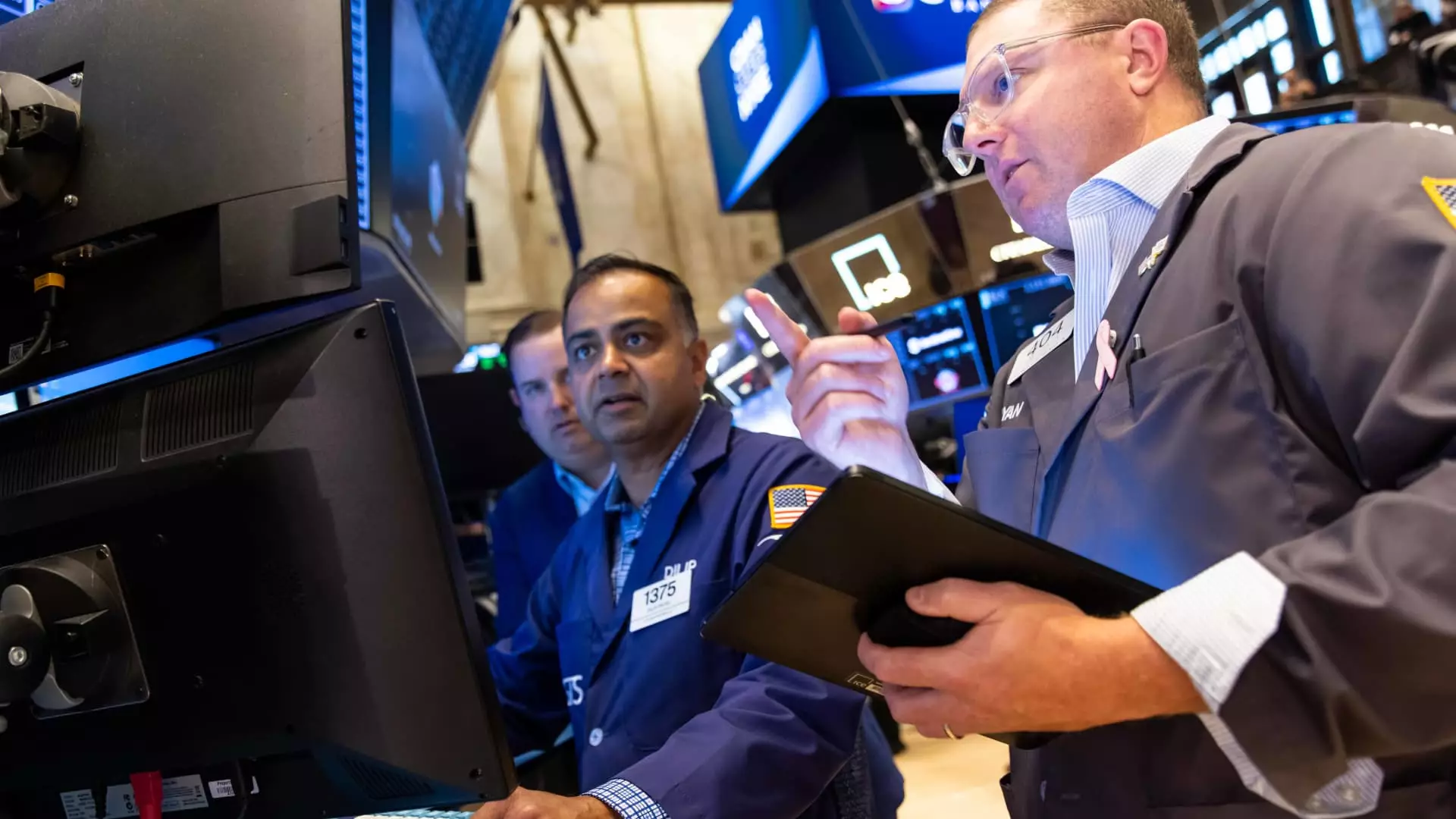Despite the compelling optimism from JPMorgan Asset Management regarding international equities, a critical perspective reveals that this narrative may be overly simplistic and overly optimistic. International markets, such as emerging and developed economies outside the U.S., have indeed bounced back impressively this year, but this recovery should not be mistaken for sustainable growth. Such rebounds are often driven by temporary factors like currency depreciation, policy shifts, or a mere normalization from lows. The underlying structural vulnerabilities—such as political instability, weak economic fundamentals, or uneven policy implementations—remain unaddressed. These markets are inherently more volatile, and their current momentum might mask deeper issues that could cause sharper declines in the future.
This optimism is further complicated by the global economic environment, which remains fragile. Rising interest rates in other parts of the world, geopolitical tensions, and supply chain disruptions continue to cast shadows over these markets. The assumption that they will catch up and sustain their rally simply ignores these persistent headwinds. As seasoned investors, we should question whether chasing international equities now essentially means riding a rising tide that could swiftly turn against us, leaving portfolios exposed to larger risks once short-term drivers fade.
The Myth of Dollar Depreciation as a Clear Catalyst
One of JPMorgan’s key points hinges upon the anticipated depreciation of the U.S. dollar, promising improved returns for non-U.S. assets. While currency fluctuations do influence investment returns, this narrative glosses over the complexities involved. Currency markets are notoriously unpredictable, driven by a host of political, economic, and even social factors that are difficult to forecast with certainty. Betting on a dollar decline as a reliable catalyst for international equities is a risky assumption.
Furthermore, when the dollar weakens, it can have multifaceted effects that don’t always benefit investors abroad. Emerging markets, for instance, may experience capital outflows if dollar strength suddenly returns or if global risk sentiment deteriorates. The assumption that dollar depreciation alone will buoy international markets oversimplifies the interplay of global capital flows. This overly optimistic view can encourage complacency, and investors might find themselves caught unprepared if the currency trend reverses or if other headlines shift aggressively in the opposite direction.
Challenging the Rationale Behind the U.S. Market Outlook
The article hints at an overextended U.S. market, with valuations being “stretched” and the so-called “exceptionalism” normalizing. Yet, this somewhat contradictory stance – acknowledging stretched valuations while still favoring U.S. equities – raises analytical eyebrows. The argument sidesteps the core issue: if valuations are high, the risk of a correction or a prolonged downturn increases. Investing heavily in what looks like a fragile, overvalued market resembles placing bets on a fourth-quarter rally while ignoring fundamental cracks beneath the surface.
Moreover, relying on the supposed normalization of U.S. markets—implying they’re not in decline, but settling into a “new normal”—can be dangerous. Structural issues such as rising inequality, corporate debt levels, regulatory pressures, and geopolitical uncertainties are often glossed over. These are not transient factors but the foundational elements shaping the long-term health of U.S. equities. To merely expect a “return to normal” without addressing these systemic risks may be a naive comfort for investors facing reality’s harsher truths.
The Overhyped Promises of Artificial Intelligence
Artificial intelligence remains the darling buzzword in investment circles, but a close examination reveals that the current hype may mask a more turbulent truth. JPMorgan highlights the diversification of AI beneficiaries beyond the so-called “Magnificent Seven,” but this optimism can be misplaced. The earnings growth projections for these large tech firms are already showing signs of slowing down—from over 27% earlier this year to just 14% now. This deceleration indicates that the initial explosive gains driven by AI frenzy are beginning to plateau.
Focusing on next-phase AI adopters and industries like utilities or industrials might sound like a prudent diversification strategy, but this perspective risks overestimating the speed and breadth of disruption AI can truly deliver. History shows that technological revolutions often take years, if not decades, to fully materialize their promised efficiencies and growth. Blindly chasing AI “winners” risks delaying the recognition that many companies may face diminishing returns, increased regulation, or competitive saturation. The narrative of continuous growth and expansion, especially outside the big tech giants, inflates the potential while underestimating real-world challenges—costly implementation, cybersecurity risks, and a regulatory crackdown looming on the horizon.
The Dangerous Allure of Market Optimism in Turbulent Times
These narratives of international resilience and AI-driven growth serve more as comfort blankets than as grounded analysis. While it’s tempting to cling to the hope that diversification and technological innovation will carry us through uncertain waters, skeptics must recognize that markets rarely move in predictable, linear patterns. Overconfidence in these themes risks fostering complacency—investors may become blind to mounting vulnerabilities and systemic risks.
A rational critique urges a more balanced approach, one that demands diligence and skepticism rather than hype and platitudes. Unless we carefully scrutinize the structural flaws within these narratives—whether overly rosy international outlooks or exaggerated AI promises—we set ourselves up for disappointments that could far outweigh any short-term gains. In turbulent times, humility and critical thinking are the most valuable assets for any investor aiming to navigate this treacherous financial landscape.


Leave a Reply